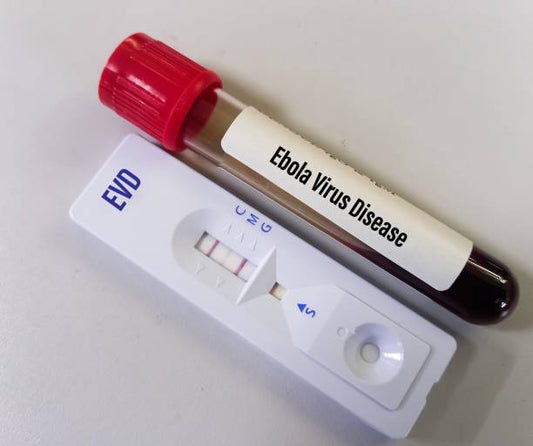Paroxetine is a selective serotonin reuptake inhibitor (SSRI) used in the treatment of various mental health conditions, primarily depression, anxiety disorders, and certain mood disorders. It works by increasing the levels of serotonin, a neurotransmitter in the brain, to help regulate mood and alleviate symptoms associated with mood disorders.
Uses of Paroxetine:
Paroxetine is primarily used for:
- Depression Treatment: Alleviating symptoms of major depressive disorder.
- Anxiety Disorders: Managing various anxiety disorders, including generalized anxiety disorder (GAD), panic disorder, and social anxiety disorder.
- Obsessive-Compulsive Disorder (OCD): Treating symptoms of OCD.
- Post-Traumatic Stress Disorder (PTSD): Addressing symptoms associated with PTSD.
- Premenstrual Dysphoric Disorder (PMDD): Managing severe premenstrual symptoms.
How Paroxetine Works:
As an SSRI, Paroxetine inhibits the reuptake of serotonin in the brain. By doing so, it increases the concentration of serotonin in the synaptic cleft, enhancing serotonin's mood-regulating effects.
Benefits of Paroxetine:
- Mood Stabilization: Effective in stabilizing mood and improving symptoms of depression and anxiety.
- Obsessive-Compulsive Disorder (OCD) Management: Used to alleviate symptoms of OCD.
- Anxiolytic Effects: Provides relief from symptoms of various anxiety disorders.
Dosage and Administration:
- Dosage varies based on the specific condition being treated, individual response, and other factors.
- Paroxetine is typically taken orally in the form of tablets or capsules.
- Follow the prescribed dosage and instructions provided by healthcare professionals.
Side Effects of Paroxetine:
While generally well-tolerated, Paroxetine may cause side effects, including:
- Common effects: Nausea, drowsiness, dry mouth, and sexual dysfunction.
- Less common effects: Weight gain, insomnia, and withdrawal symptoms.
- Report any severe or persistent side effects to a healthcare professional.
Precautions:
- Inform healthcare providers about existing medical conditions or medications.
- Use caution in individuals with a history of bleeding disorders or seizures.
- Gradual discontinuation may be necessary to avoid withdrawal symptoms.
Interactions:
- Paroxetine may interact with certain medications, including monoamine oxidase inhibitors (MAOIs) and blood thinners.
- Inform healthcare providers about all over-the-counter and prescription medications being taken.
Warnings:
- Risk of suicidal thoughts, especially in the initial weeks of treatment; monitor for changes in mood or behavior.
- Use caution in individuals with a history of bipolar disorder.
- Avoid abrupt discontinuation; gradual tapering may be needed to minimize withdrawal symptoms.
It's important to note that this information is general, and specific details can vary. Always consult with a healthcare professional for personalized advice before using Paroxetine or any medication.
References:
- MedlinePlus - "Paroxetine": medlineplus.gov/druginfo/meds/a698032.html
- Drugs.com - "Paroxetine": www.drugs.com/paroxetine.html
Author: Nikita Vishnoi BCA












